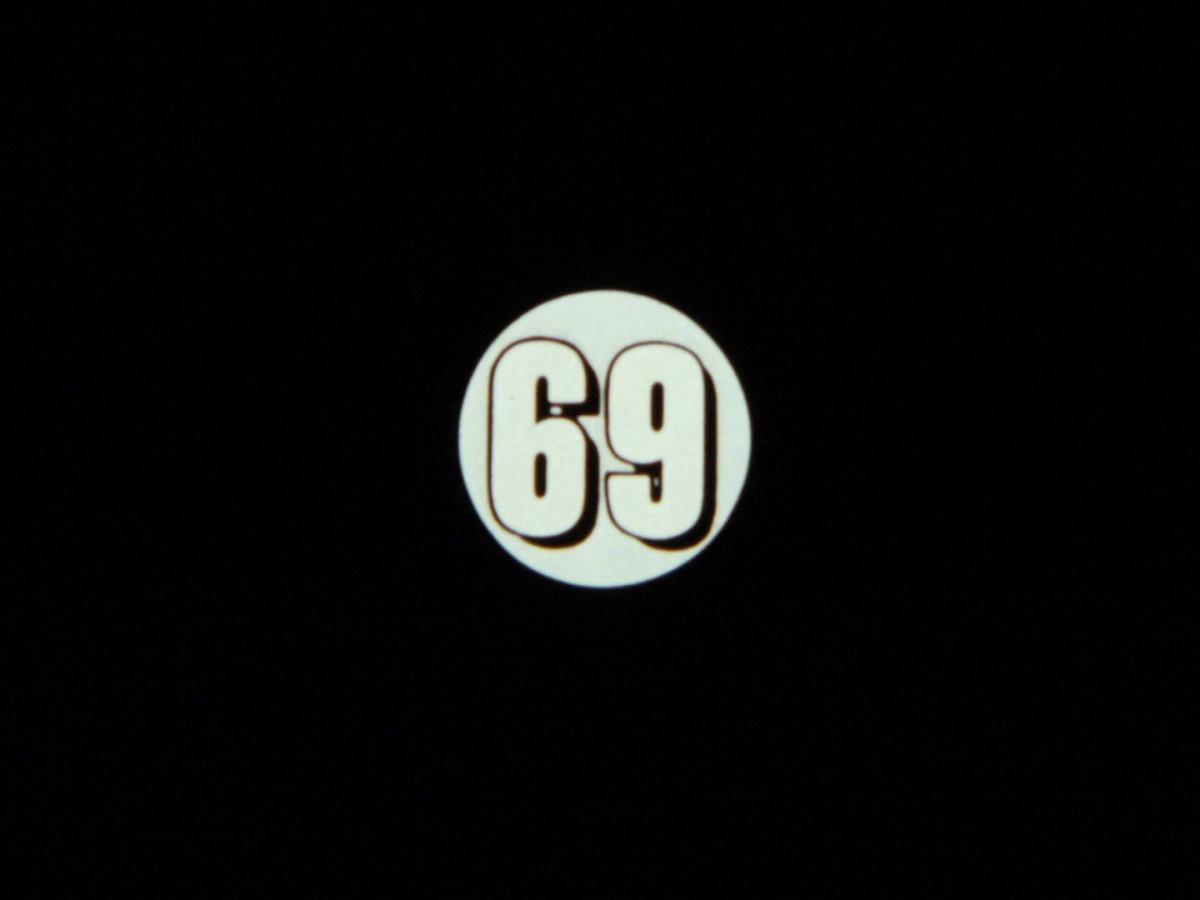On the Changing Nature of Avant-garde Film Screenings
Robert Breer received the Max Ernst Prize for his film 69 at the Oberhausen Film Festival. The prize, the sculpture “Femme” of Max Ernst, donated by the artist and valued today (so we are told) at approximately $7,500, is given to a film that “best corresponds to the avant-garde spirit.” The prize is given not just for one film but for the body of work of a film-maker.
I am happy that Robert Breer got some recognition. I saw his new film, 69, and it’s so absolutely beautiful, so perfect, so like nothing else. Forms, geometry, lines, movements, light, very basic, very pure, very surprising, very subtle. Breer’s films do not get much public acclaim. His shows are not among the heavily attended. His films attract no noise. But they are among the best films made today anywhere. A new film by Robert Breer is an important event. Imagine Mondrian or Dubuffet or De Kooning opening a one-man show in New York, and imagine – all critics missing it? The premiere of Breer’s 69 was exactly an occasion of such proportion. And all movie critics missed it. History of cinema will remember my words.
Not only critics missed 69. Most of the people missed it. The screenings of avant-garde film around New York, at the Cinematheque or some other place, if not specially pushed, seldom attract more than twenty or thirty people these days. All the sensation-seekers have their sex movies. The screenings of the avant-garde films at the Cinematheque are announced in the Voice only by the names of the artists and the titles. No more phony pushing. Have you seen the art gallery page lately? Or any time? Openings of shows are announced by the names of the artists—no blurbs, no quotes, nothing about “the best,” “the greatest,” “excellent,” “worth seeing,” etc., crap which still goes with our commercial movie advertisements. The avant-garde film-maker, at least in New York, got rid of all that. So his audience dropped. But why should an avant-garde film-maker want to fill his auditorium with people? Should Frick or Castelli close because they are not filled with people? The question of avant-garde film screenings in New York is not the question of filling the auditoriums but of keeping the continuity of the screenings, keeping the continuity of the avant-garde film. To do that these days is very costly, and a certain amount of madness is needed to continue – but a certain madness is needed to run certain galleries too. This is my answer to the people who keep asking me why I am doing it. But don’t ask me how I’m doing it because only God knows that.
The success of the underground film, the success measured in crowds and by crowds, is somewhere else at the moment. It’s in the suburbs and in the country. Every university has a film festival going. There have been at least ten film festivals in the New York area this spring alone. The film culture is rolling across the country.
April 25, 1969

Image from 69 (Robert Breer, 1969)
This text was originally published in Village Voice, April 1969. It was later reprinted in Movie Journal. The Rise of the New American Cinema, 1959-1971 (New York: Columbia University Press, 2016), 349-351.
Many thanks to the Estate of Jonas Mekas.
© All rights reserved by the artist and his rightholders / Courtesy of Light Cone.
Milestones: Robert Breer takes place on Monday 2 October 2023 at 20:00 in Art Cinema OFFoff, Ghent. You can find more information on the event here.

